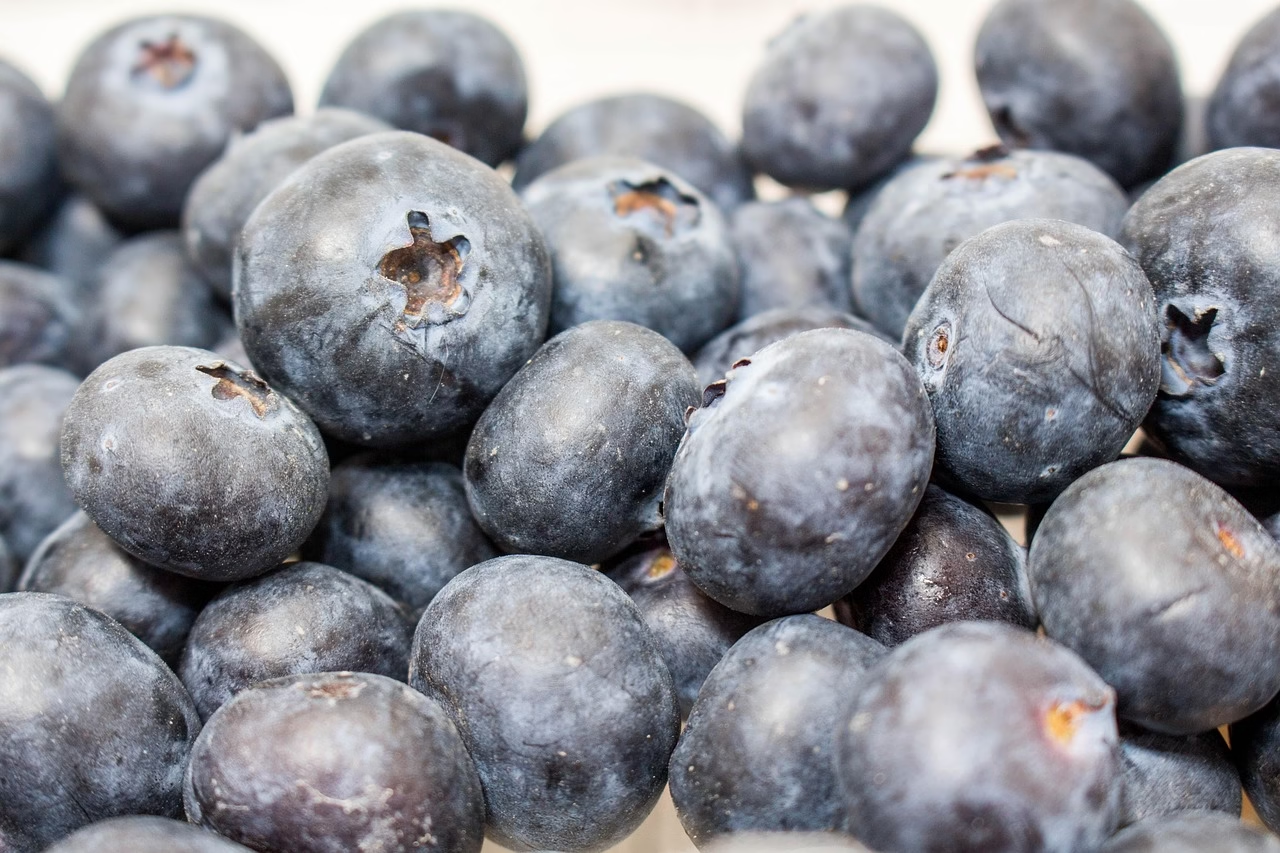
Fibermaxxing: Finding the Balance for Gut Health
In the wellness community, the term “fibermaxxing” has been gaining traction lately. It’s the idea of intentionally boosting your fiber intake to optimize digestion, enhance gut health, and uplift overall wellness. At its core, fibermaxxing is grounded in sound science — dietary fiber plays a crucial role in maintaining a healthy digestive system, regulating blood sugar, and even supporting mental clarity by influencing the gut-brain axis.
But as with many trending health concepts, the challenge lies in how we adopt them. More fiber is beneficial up to a point, but overdoing it can lead to discomfort and even nutrient absorption issues. Today, I want to guide you through the essentials of fibermaxxing with a gentle reminder about balance, so you can embrace this trending practice safely and effectively.
Why Fiber Matters
Our ancestors ate diets rich in vegetables, fruits, whole grains, legumes, and nuts — all excellent sources of dietary fiber. Fiber is the portion of plant foods that our bodies can’t digest, and it comes in two main forms: soluble and insoluble. Soluble fiber dissolves in water, forming a gel-like substance that feeds beneficial gut bacteria and helps regulate cholesterol and blood sugar. Insoluble fiber adds bulk to stool, aiding smooth bowel movements and preventing constipation.
Increasing fiber intake encourages a thriving gut microbiome, reduces inflammation, and supports immune function. It can also promote satiety, helping with weight management. Clearly, fiber is a cornerstone of wellbeing — but the benefits flourish only when intake is appropriate for your unique body and lifestyle.
The Rise of Fibermaxxing
Inspired by the many positive effects of fiber, some wellness enthusiasts have been pushing fiber intake to new heights, sometimes dramatically increasing grams consumed per day through fiber supplements, powders, or massive servings of whole foods. This trend, coined “fibermaxxing,” aims to squeeze every ounce of benefit from fiber’s potential — encouraging better digestion, clearer skin, stabilized moods, and enhanced energy.
While admirable in intention, fibermaxxing can occasionally overlook one essential truth: your gut needs time to adapt. Suddenly flooding your system with fiber might feel like a detox miracle at first, but can quickly shift into a source of discomfort.
When More Fiber Becomes Too Much
Overloading on fiber can lead to common, frustrating symptoms like bloating, gas, abdominal cramps, and irregular bowel movements. These reactions often occur because abrupt changes overwhelm your digestive bacteria and slow motility. In some cases, excessive fiber intake may interfere with the absorption of minerals such as calcium, magnesium, and iron, potentially creating nutrient gaps if sustained long-term.
“Fibermaxxing without a thoughtful approach can unintentionally throw the gut out of harmony.”
For anyone living with sensitive digestion, irritable bowel syndrome (IBS), or certain gut disorders, an aggressive fiber surge can exacerbate symptoms. That’s why moderation and personalized care are essential when ramping up fiber intake.
How to Practice Fibermaxxing Mindfully
1. Start Slowly: Gradual increases by 3–5 grams per week allow your microbiome and digestive system to adjust without distress. Rushing from 15 grams to 40+ grams overnight rarely ends well.
2. Hydrate Robustly: Fiber works best in the presence of sufficient water. Without adequate fluids, adding fiber can result in constipation or harder stools.
3. Mix Fiber Types: Aim for a balance of soluble and insoluble fibers. Diverse sources—from oats and legumes to veggies and seeds—feed different beneficial bacteria and promote varied digestive benefits.
4. Listen to Your Body: Notice how your digestive system responds. Mild gas may be normal during increased fiber intake, but persistent pain, severe bloating, or constipation indicate it’s time to reduce or adjust your fiber sources.
5. Pair Fiber with Nutrient-Dense Foods: Fiber-rich meals should also provide vitamins, minerals, and proteins to support overall health and prevent deficiencies.
Closing Reflection
Fibermaxxing, when approached with mindfulness, can be a powerful tool to nurture your gut and support holistic wellness. But the key is personalization — honoring your body’s signals while steadily enhancing your fiber intake. As a health researcher and wellness advocate, I’ve seen that the most effective health strategies are those woven gently into daily life with compassion, patience, and balance.
In embracing fibermaxxing, remember: It’s not about hitting a magic number but about cultivating a sustainable rhythm between your diet, digestion, and well-being. Your gut will thank you for that thoughtful care, and your whole body will flourish as a result.

RELATED POSTS
View all



